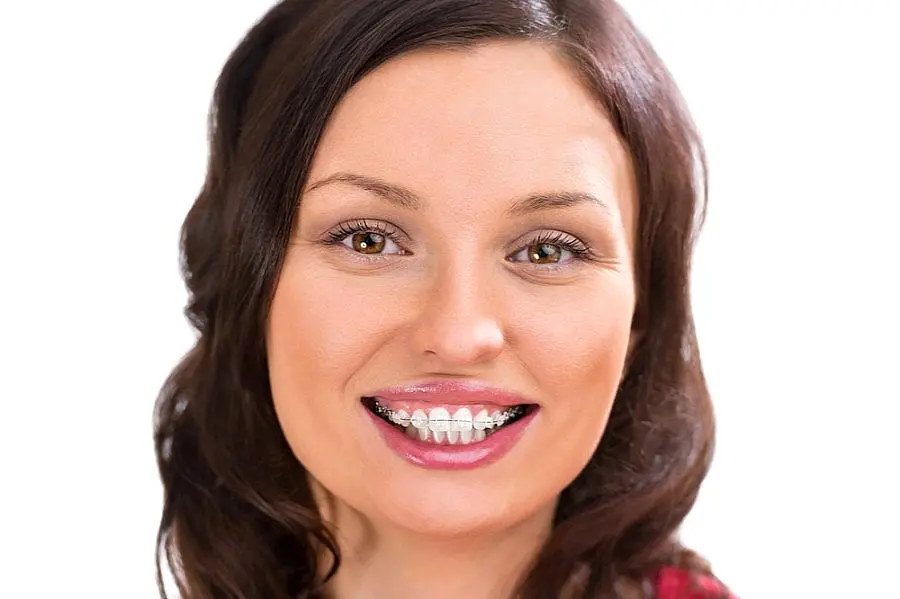
Types of Braces in Austin or Houston, TX: A Comprehensive Guide

Clear Aligners such as Invisalign
An innovative orthodontic treatment that uses clear, custom-made aligners to gradually straighten teeth.
Components
Custom-made clear aligners or trays.
Advantages
Nearly invisible, removable for eating and cleaning.
Considerations
Requires discipline to wear consistently, not suitable for severe cases.


Metal Braces
Metal braces use durable brackets and wires, effectively correcting severe misalignments. Though noticeable, they’re reliable, cost-effective and deliver excellent results.
Components
Metal brackets, archwire, rubber bands.
Advantages
Effective for severe misalignments, cost-effective.
Considerations
Visible, may cause discomfort initially
Ceramic Braces
Ceramic braces feature clear brackets, offering a discreet option. They’re aesthetically pleasing but require extra care to avoid staining or damage.
Components
Ceramic brackets, archwire, optional rubber bands.
Advantages
Aesthetic appeal, nearly invisible.
Considerations
More fragile than metal braces, may stain.


Lingual Braces
Lingual braces are placed on the inside surface of the teeth, offering a completely concealed orthodontic solution.
Components
Custom-made brackets, archwire.
Advantages
Invisible from the front, effective for complex cases.
Considerations
May take time to adjust speech, cleaning requires extra effort.
Considerations for Different Age Groups
